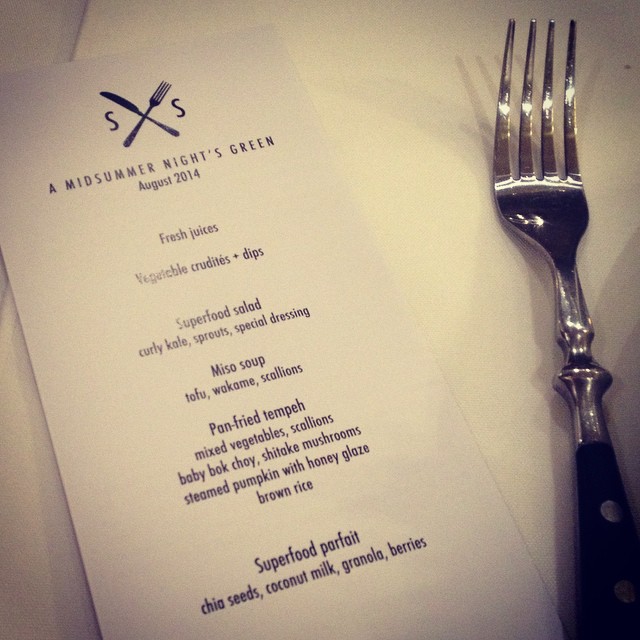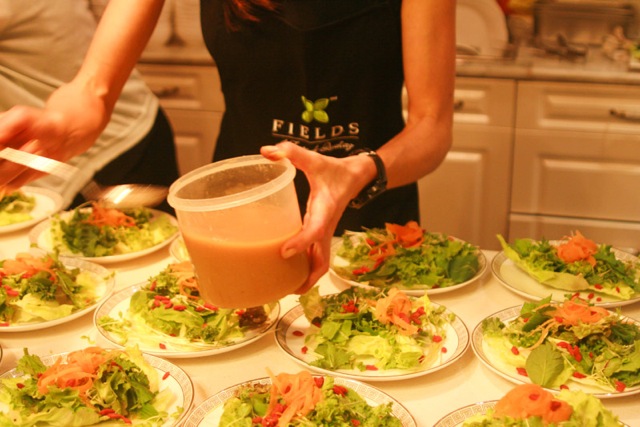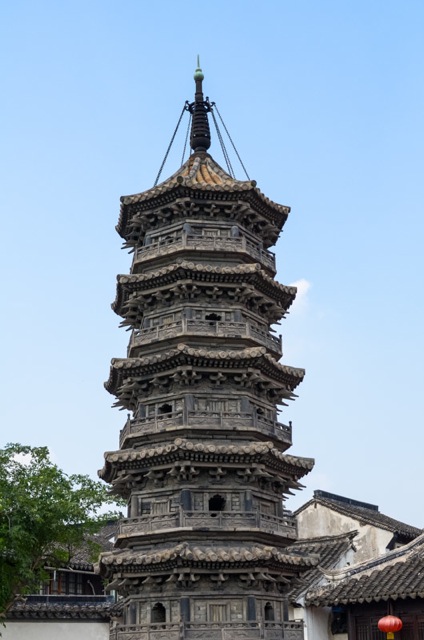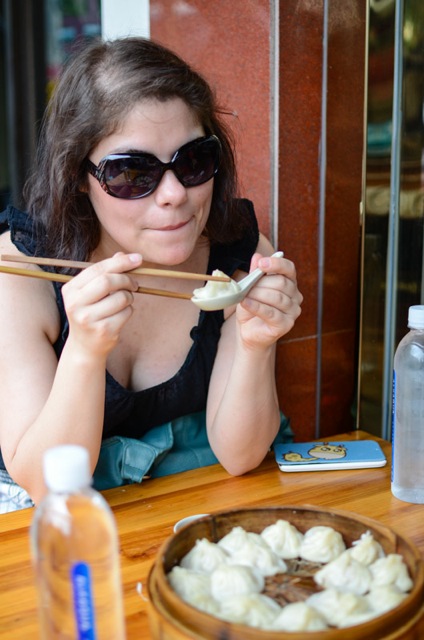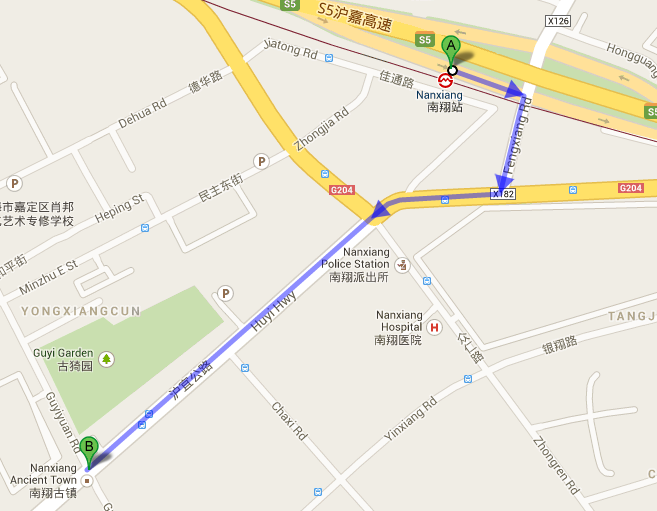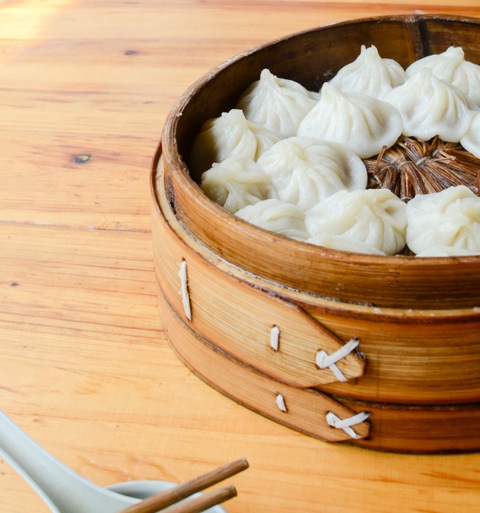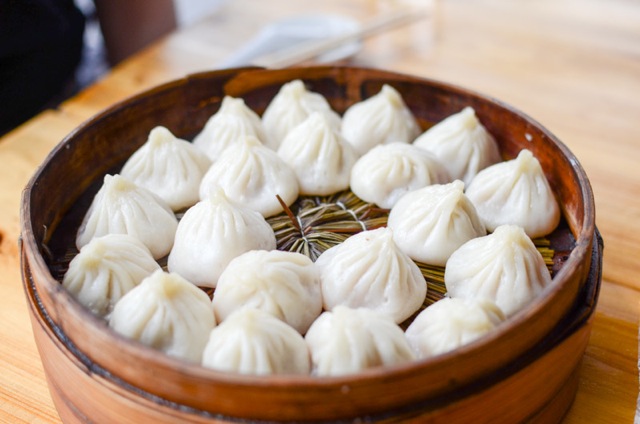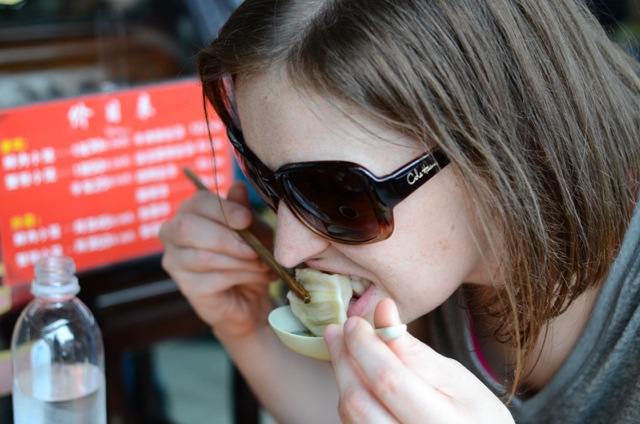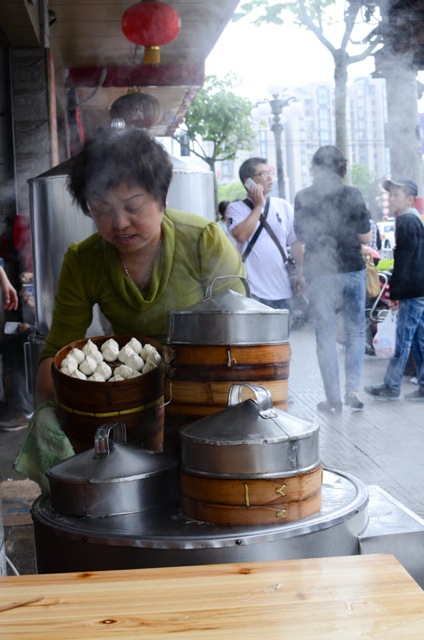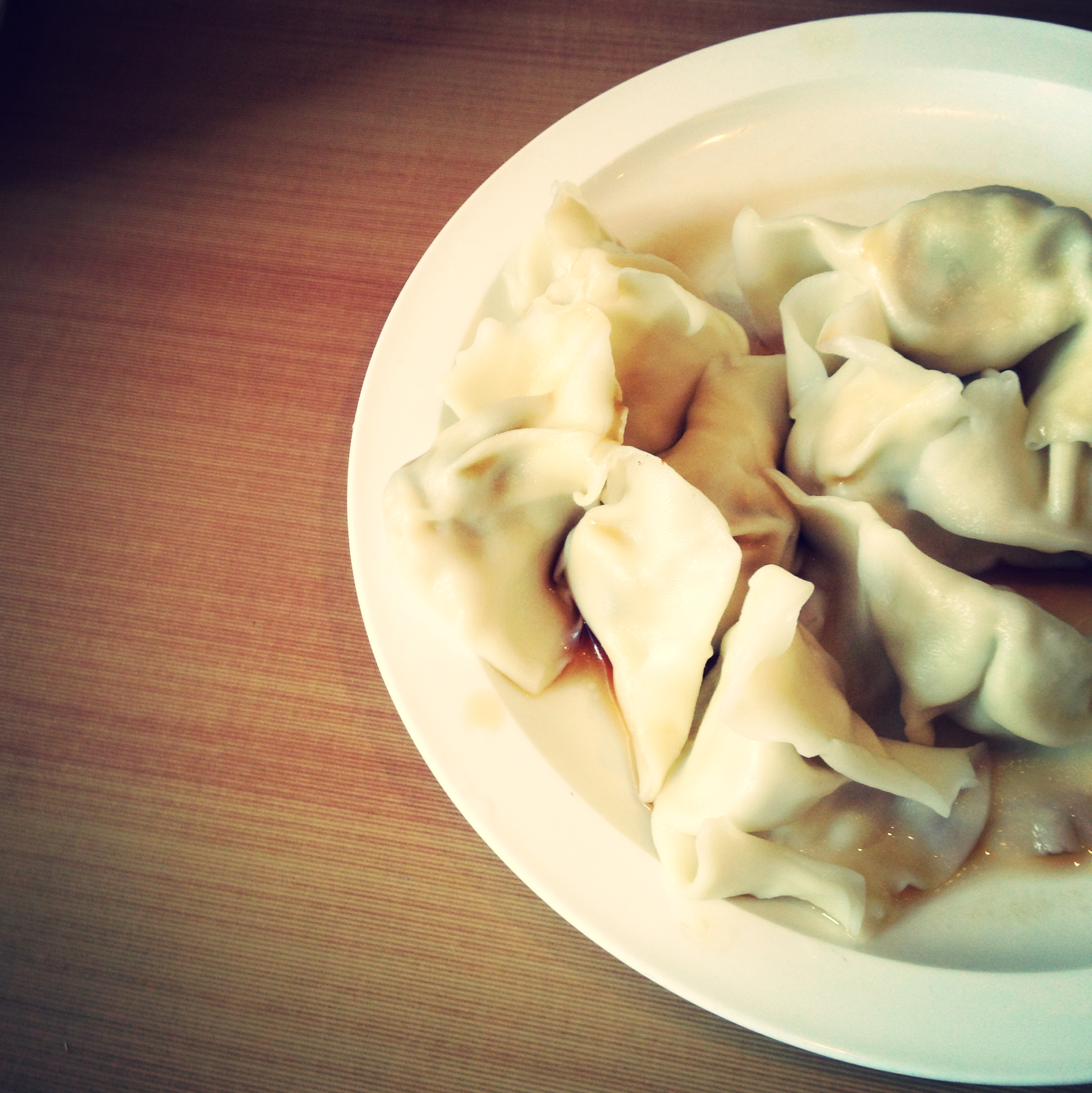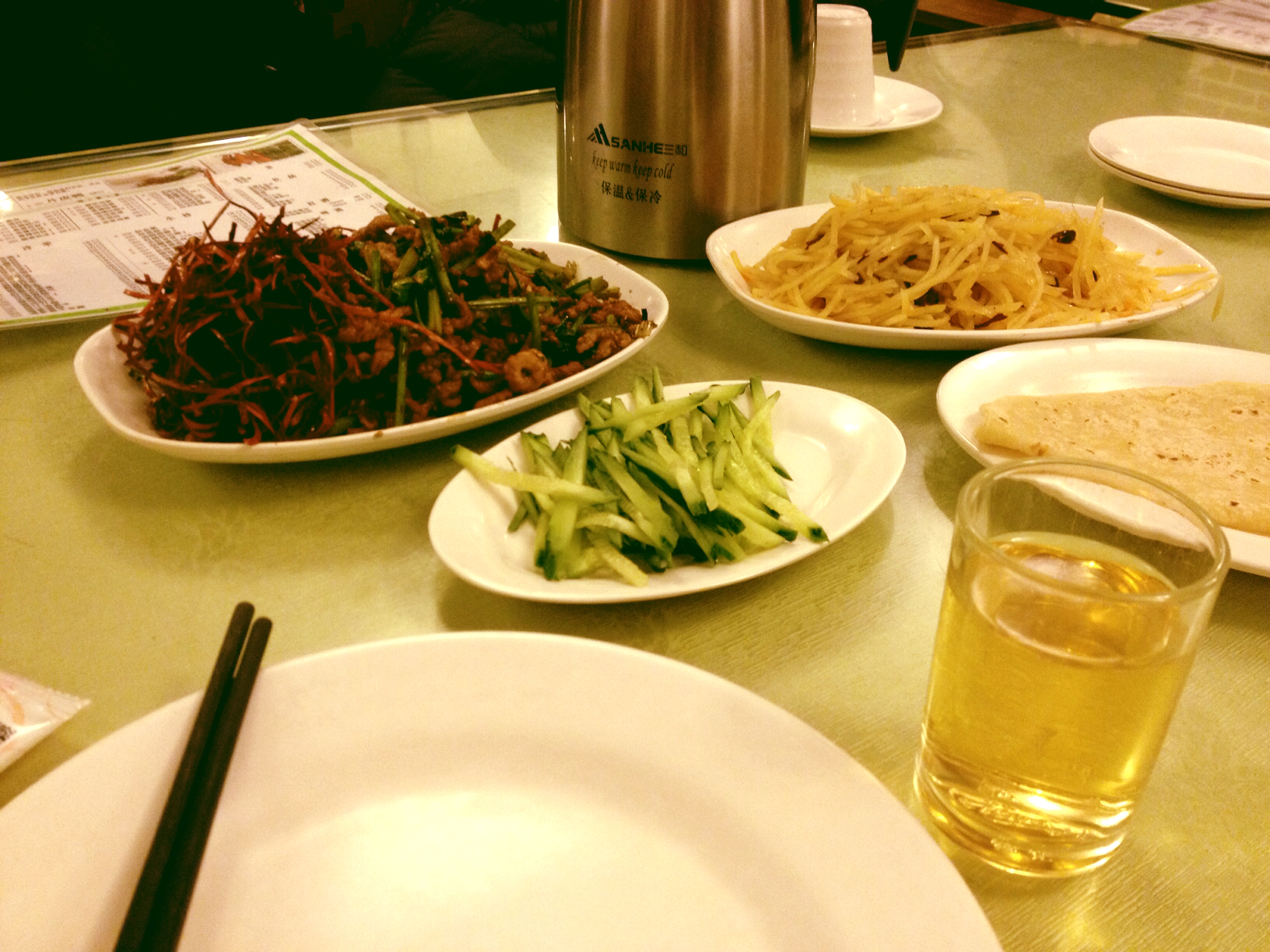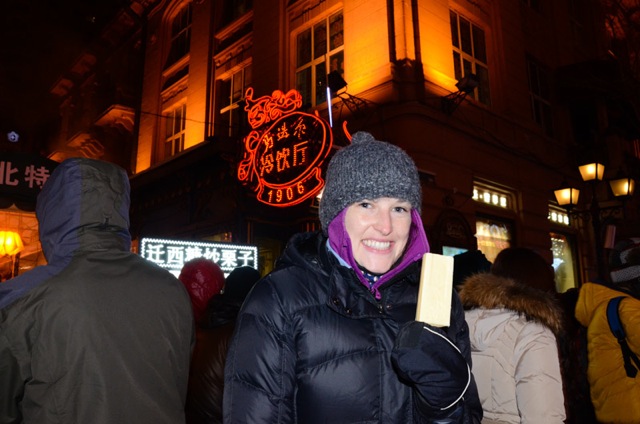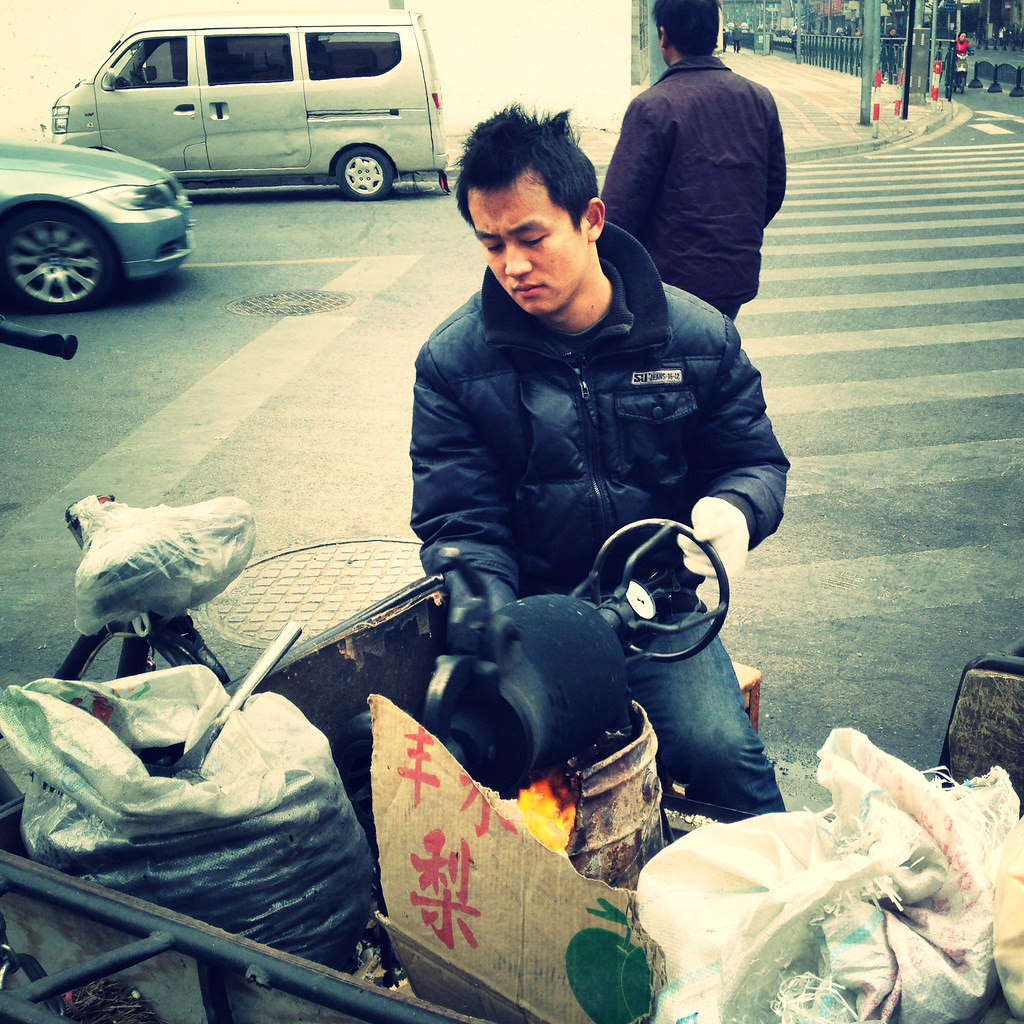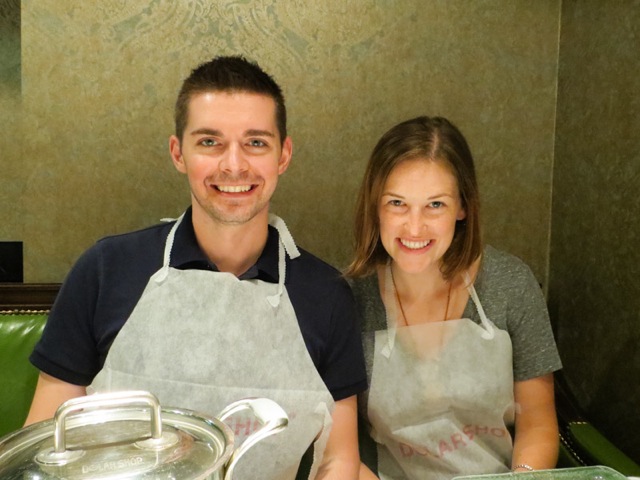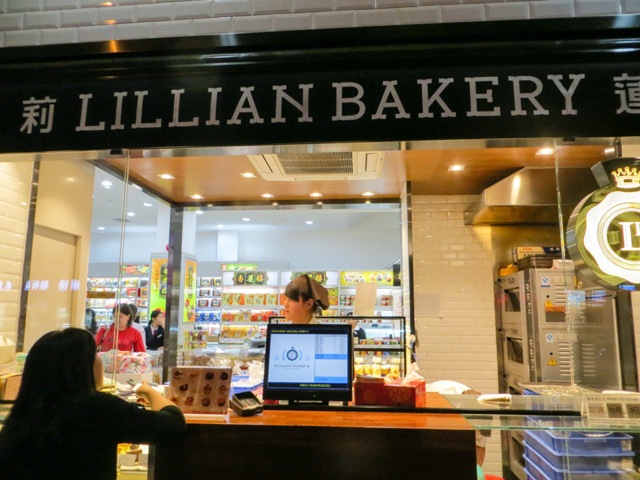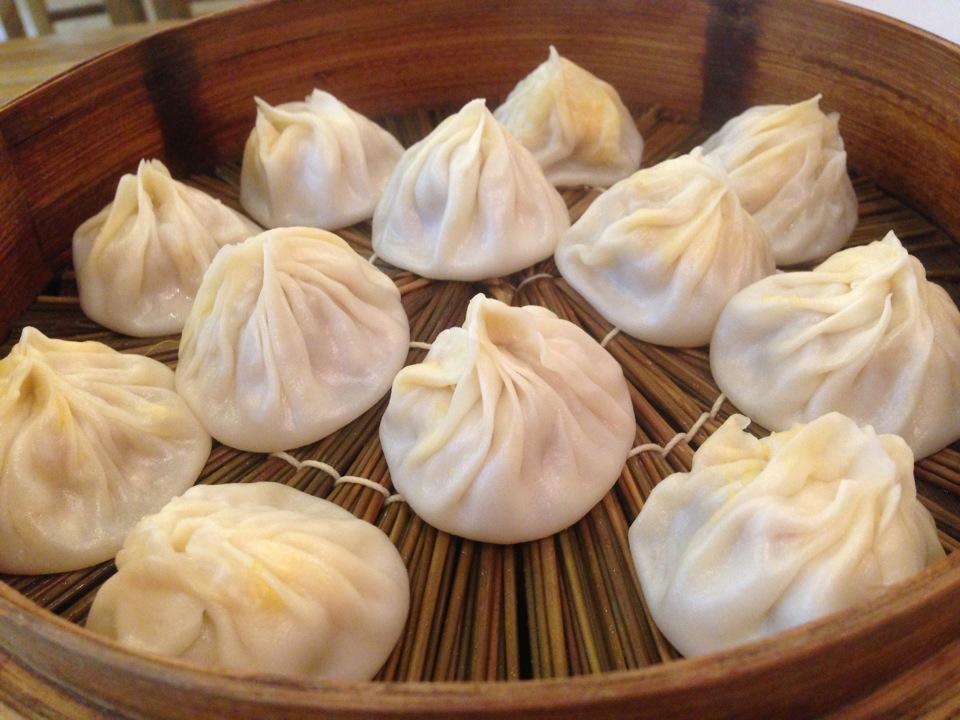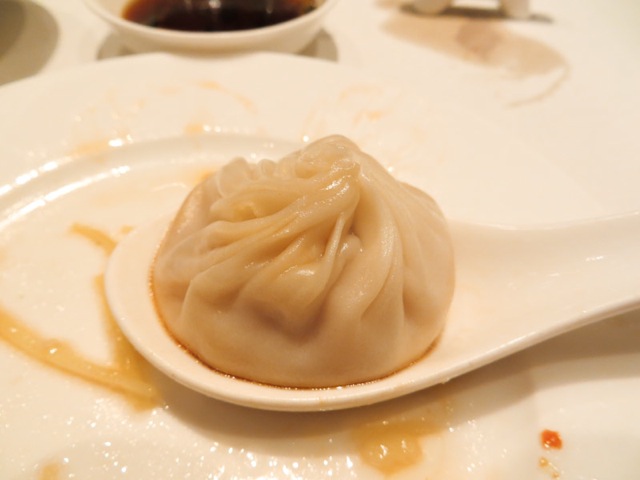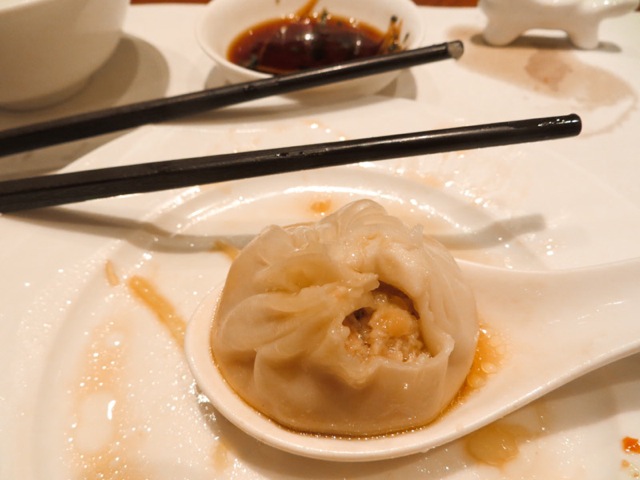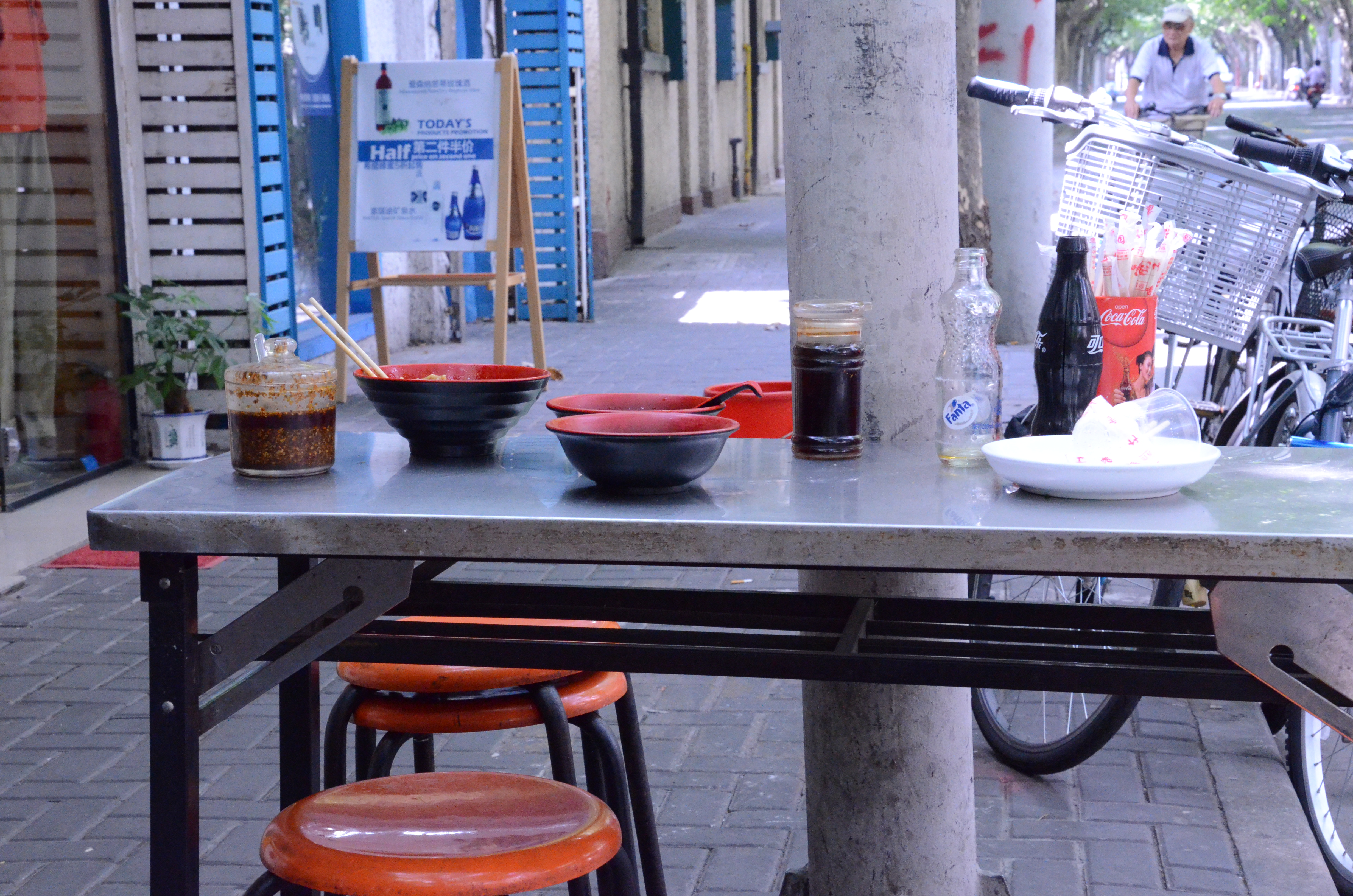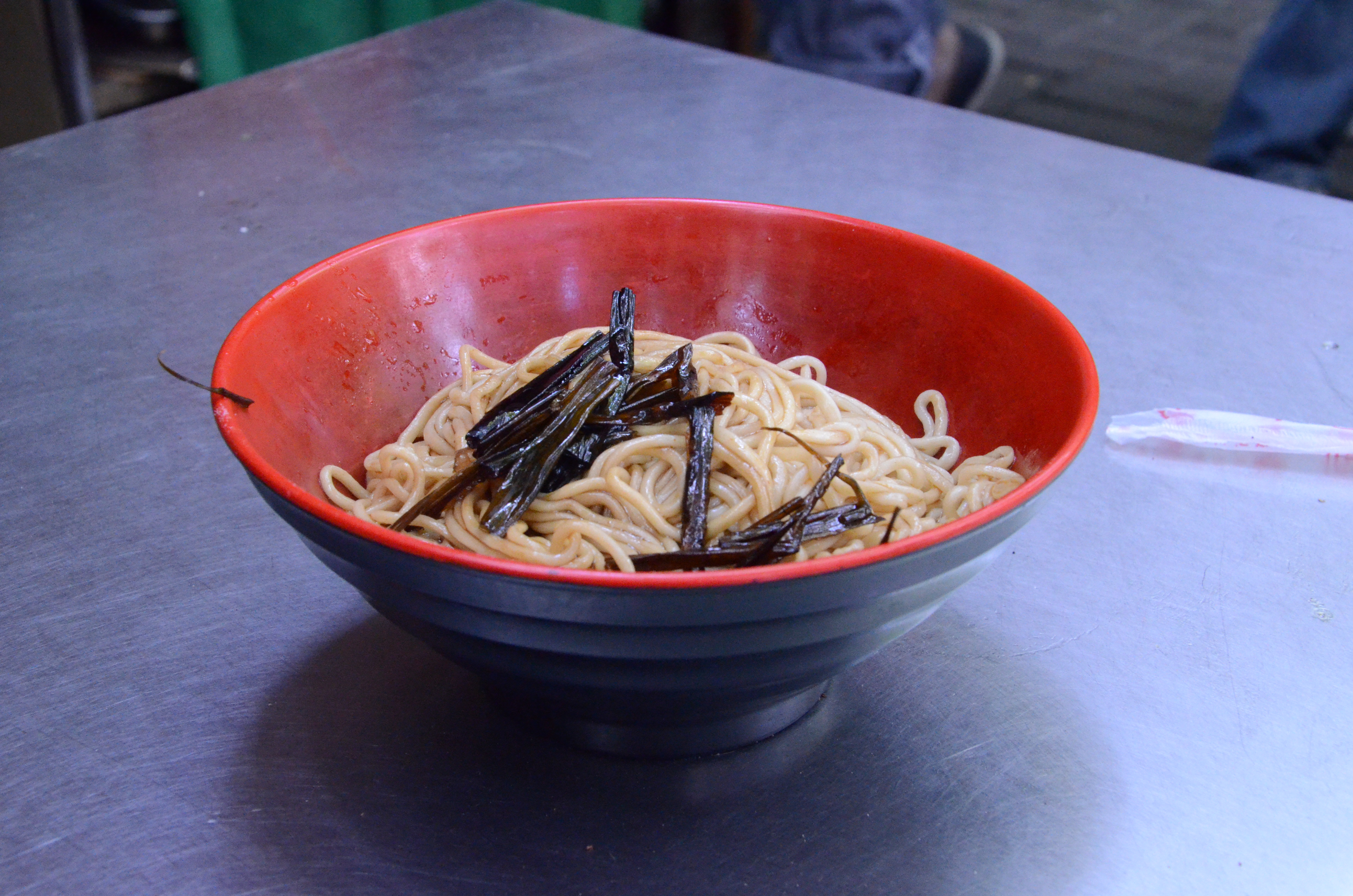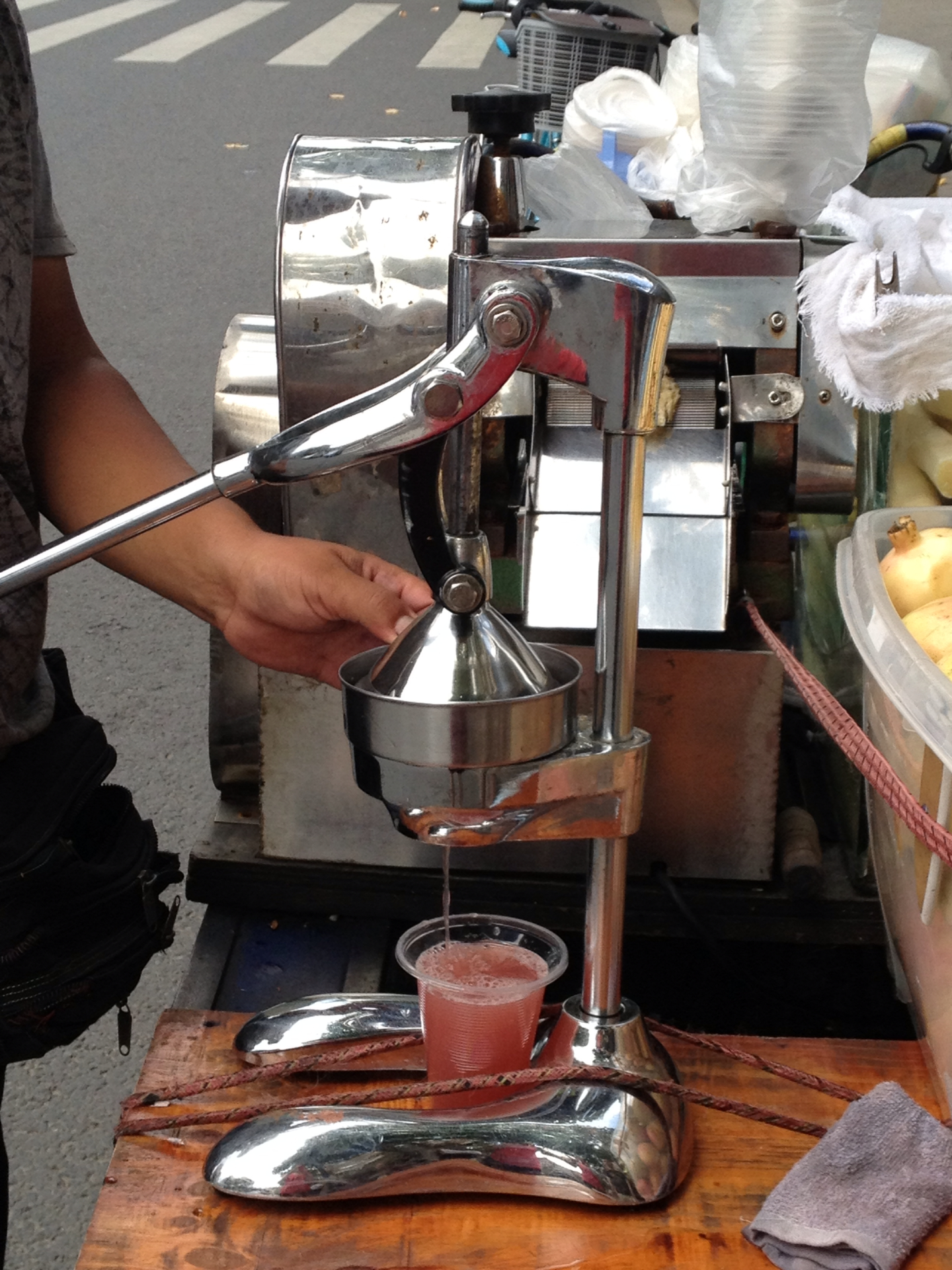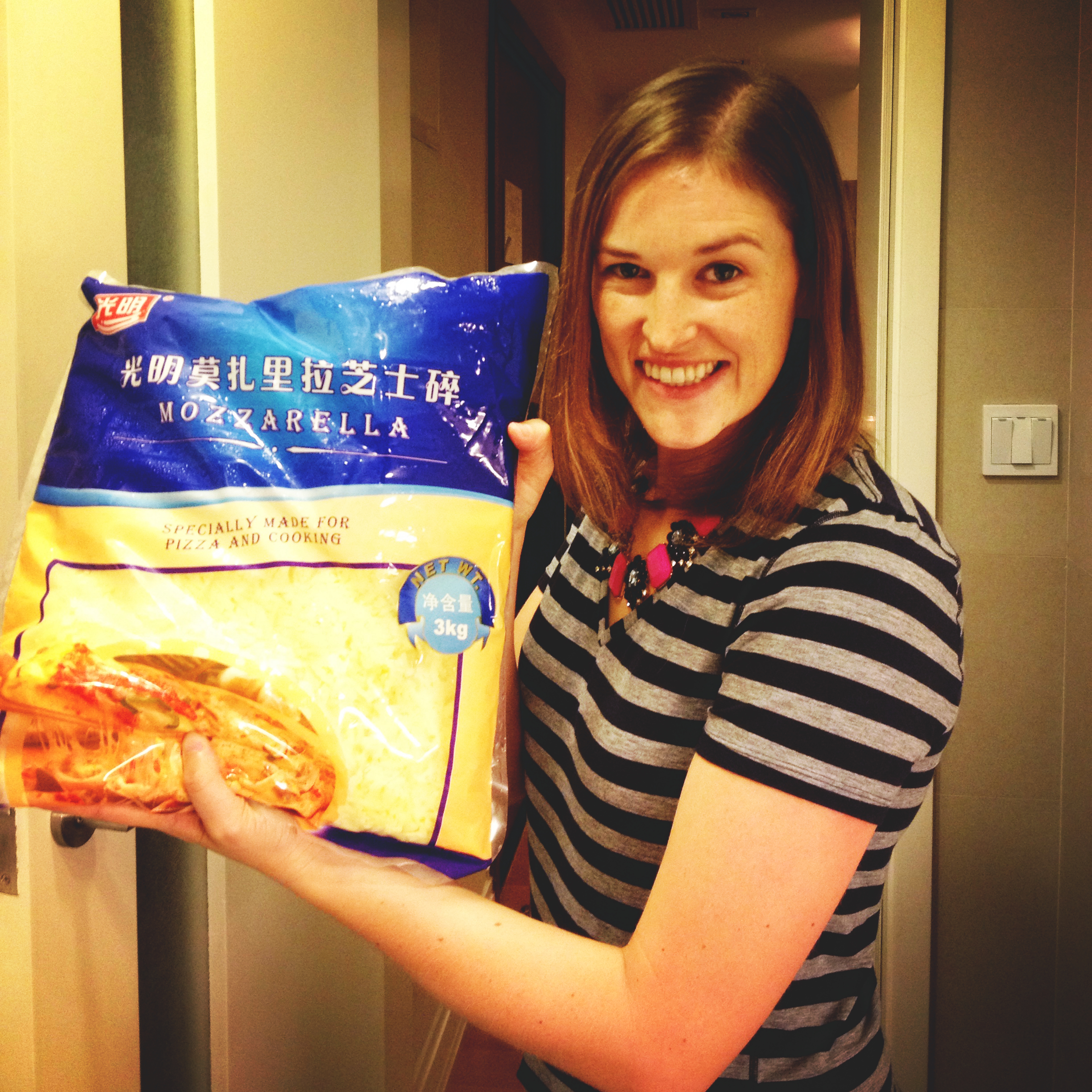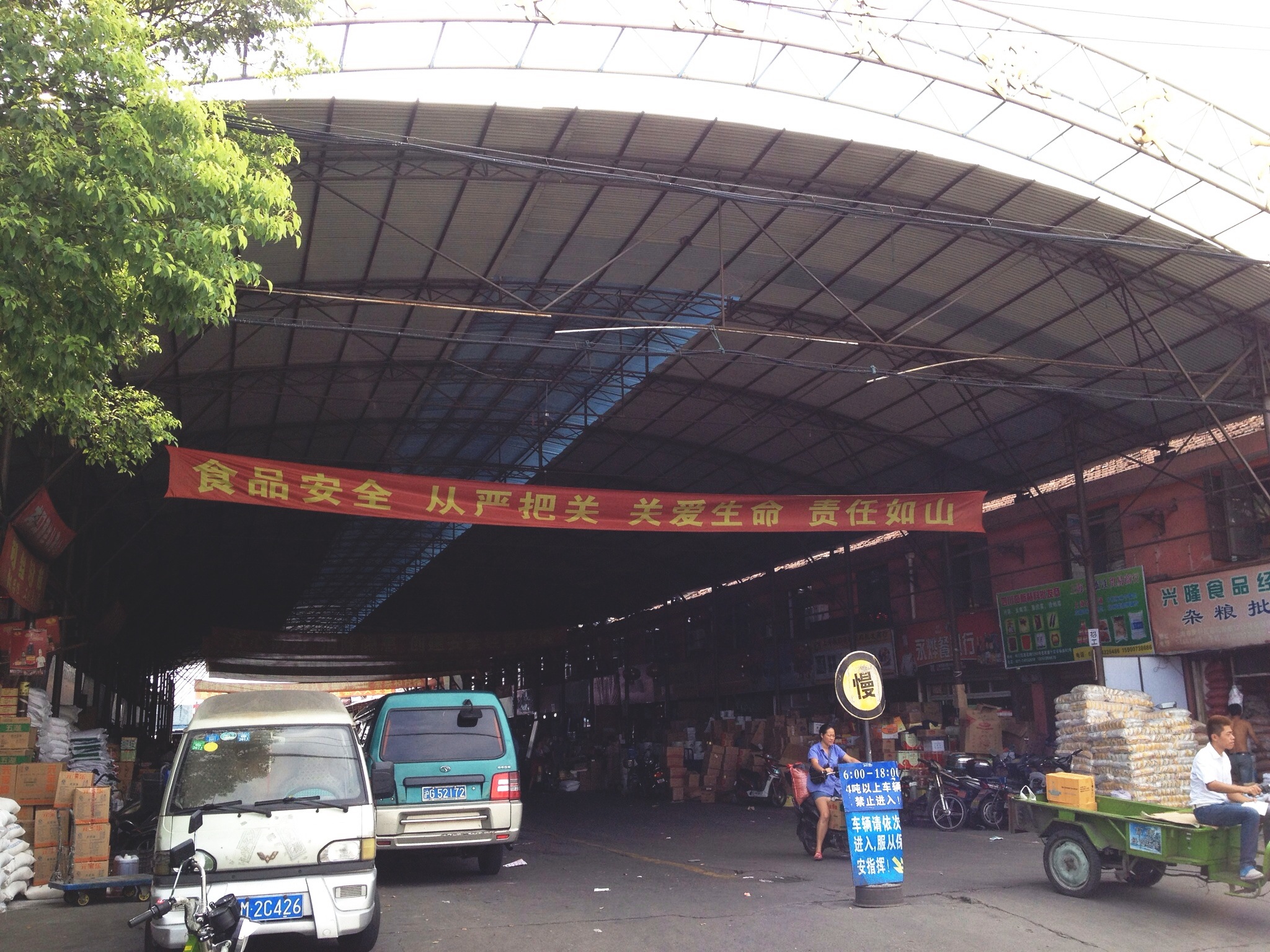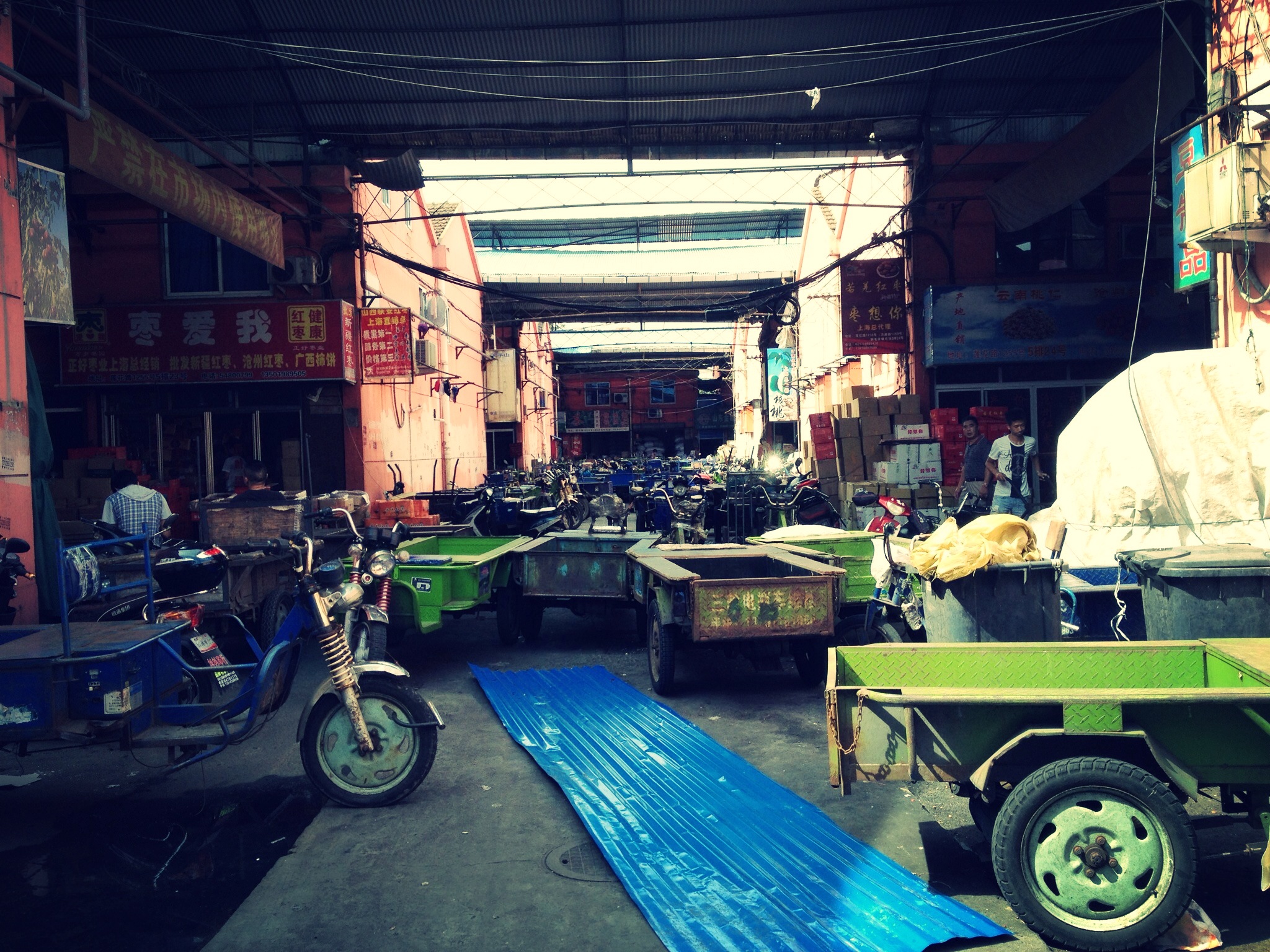I receive quite a lot of emails from people who are looking to move to Shanghai or China. Many of these people ask the same questions so I thought I would put together a little FAQ for those people who are feeling a little too shy to email me (you can, really!).
Where should I live?
The housing situation is a bit tricky. Overall, my advice is to live within a reasonable commute to your office. You will be making this trip twice a day so settle on something that works for you. Matthew works in Minhang, which is about 45 minutes away from where we live. There is NOTHING down there and we decided that we would both be happier living closer to "downtown" and having access to Western amenities and the subway. That being said, it is sometimes frustrating for him when his commute balloons to over 2 hours on a rainy, Friday night.
Other things I would consider is your location to public transportation and basic necessities. We have a Western grocery store in our basement, a wet market within five minutes, and a Chinese grocery around the corner. It still takes me 3 hours to grocery shop some days but when I just need milk, it only takes me 5 minutes to get it. My friend lives 25 minutes away from a Western grocery and when she runs out of something while baking, it pretty much ends the process. My subway stop is only 10 minutes from our apartment. Honestly, this is the one thing that really helped to open Shanghai up for me because I was free to initially explore the city without understanding the language or the geography. I simply jumped on the subway and rode around until I became more comfortable.
Is it better to live in Pudong or Puxi?
There are two sides of the city where you can live, Pudong or Puxi. Pudong is the "newer" side of the city where the new skyscrapers are being built, apartments are larger, and there is more green space. Puxi is "older" but is the area most people consider to be downtown.
Everyone will have an opinion on whether Puxi or Pudong is better. I obviously love Puxi since this is where we live, but both sides have merit. I tend to go to bars and restaurants on this side of the river, but there are certainly many in Pudong as well. If you live close to a subway stop, it's not hard to take the train to the other side (taxis aren't as willing to cross the river but will do it when needed). Many families tend to live in Pudong as you have more access to green space and more of the international schools are located there, but you will no doubt find a community no matter where you end up.
Is living in Shanghai expensive? Will xxx amount be enough for housing?
I would say Shanghai is comparable to any big city. As for costs, the answer is that is varies. Anything from 12,000-25,000 rmb is reasonable to pay for a 2-3 bedroom apartment, depending on amenities and location. You'll pay more for amenities like an English speaking receptionist, an oven, or a compound with a pool. Just remember that when negotiating, you can have other things thrown in. For instance, you may want to insist they install an oven (most apartments won't have one), pay your gym membership, or cover your ayi costs. Don't be afraid to ask for what you want.
Food costs also vary. If you want to eat foreign, imported foods, your grocery bill is going to cost more than it does now. If you buy and eat local ingredients, your bills will go down. We buy a blend of local and imported foods so I would say our grocery costs have gone down but our restaurant costs have significantly increased. A meal at a local Chinese restaurant for two people should cost less than 100rmb while you will pay at least double that at a western restaurant.
Is public transport efficient?
The most efficient I have ever used. Everything is well marked in English on the metro and it's cheap! I use it daily to commute. I am also a fan of using the public
bus system as well.
Did you experience a major culture shock when moving there?
Of course! China is about as far from my previous life as I could have imagined. But as long as you come in with a positive attitude and open mind, you will do fine here. You have to accept that things are simply the way they are, and not try to change them. Sure, the kid peeing on the street is gross but you just have to learn to adapt and not step in puddles!
Is the air consistently bad? Or are there enough good days to still be able to go outside?
If you have a iPhone, you should download the CN Air Quality App. It allows you to see what the air quality is like. The US Consulate also has a Twitter account which they update with information about the air. Most of the time it's ok (today is 78) but it can get high (
over 300, I stay inside as much as possible). We bought an air purifier for our apartment and I hope that helps! And yes, I do run outside on the street sometimes and we bike quite often, we just make sure to check the air quality first.

